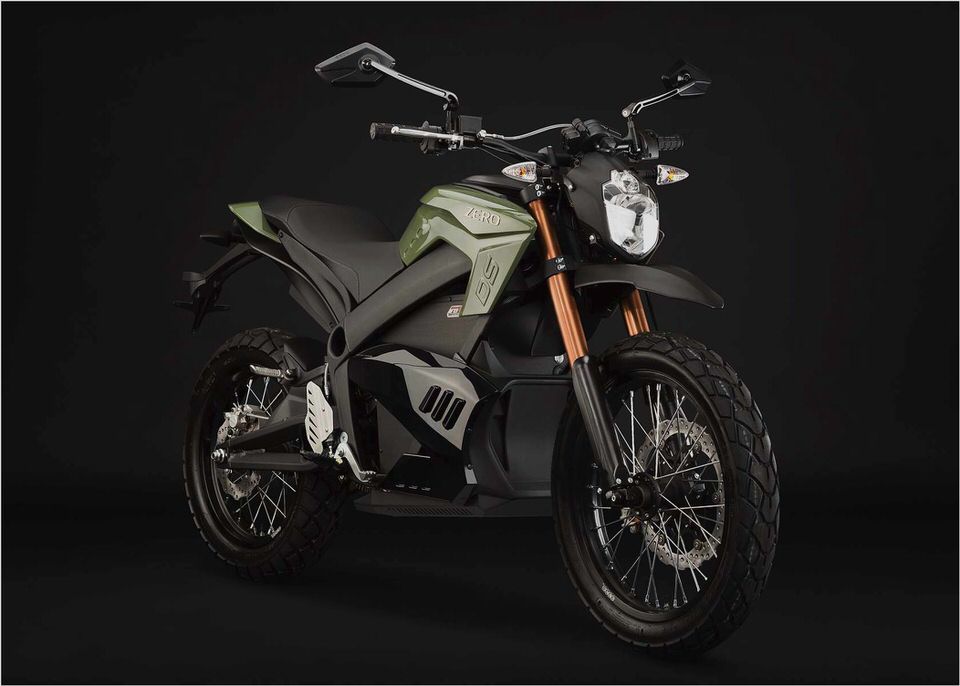
An electric bike worth talking about
It gets better. The new battery packs are designed to last 3000 full charge-discharge cycles before reaching 80% capacity. In the real world, that means the original battery can last over 300,000 miles.
It’s so stout, Zero says it’ll last the life of the motorcycle.
Advancements in motor technology are applied to the DS also. A new air-cooled, brushless PMAC (permanent magnet alternating current) motor replaces the brushed motor of old, and now features a new motor controller and regenerative braking. The latter partially recharges the battery every time you brake or simply coast.
The result is a motor with 50% more torque than the previous model and a nearly 20 mph higher top speed, up to 80 mph from low-60s before. Zero’s S models are capable of almost reaching 90 mph, all while achieving significantly more mileage per charge. In fact, when run on the Hypercycles Dynojet dyno, the Zero DS spun the drum to the tune of 29.2 horsepower and maxed out at 85 mph. Sure, those numbers may not be impressive to the ICE loyalists out there, but they are significant.
Here’s why.
It has to do with a simple power mode switch that resides atop the left fork stanchion. With both a Sport and Eco mode, toggling between the two greatly transforms the character of the DS. Eco mode delivers the kind of performance we’ve come to know and loathe from electric motorcycles: lethargic acceleration with hardly any power.
But that kind of performance is to be expected in a mode designed for maximum efficiency.
In Eco mode the DS is capable of up to 25% regenerative braking torque or 15% regenerative coasting torque (think of this as the equivalent to engine braking in an internal combustion engine). In contrast, while in Sport mode, the DS only produces 15% regenerative braking torque and 7% coasting torque, meaning there’s less engine braking effect while riding aggressively.
In other words, unlike internal combustion engines, the DS is actually more efficient around town in stop-n-go traffic in Eco mode than it is blasting down the freeway in Sport mode, based on its regenerative powers while coasting or braking as opposed to the high output needed at highway speeds.
However, the fun lies in Sport mode, where twisting the throttle actually equates to rapid acceleration on par, if not better than, a stout 250cc equivalent gas counterpart. With all of its torque available at zero rpm, the DS leaps from a stop, and with its broad torque curve, there’s always power available when you need it.
Unlike any ICE, the Zero DS responds with greater acceleration above 30 mph than it has at lower speeds. However, with only 30 horsepower on tap, rapid forward propulsion starts to stagger after 50 mph, as seen on the accompanying dyno chart, though there’s still plenty of oomph to propel you past the freeway speed limit.
A New Perspective On Dual-Sporting
With such advancements in motor and battery technology, Zero felt it fit to give the DS a facelift of sorts. Frames and battery boxes now get the blacked-out treatment, the old-school round headlight is replaced with a more modern, angular unit, and the bodywork is slightly massaged to complement the headlight out front. Belt drive replaces the chains of yesteryear for quieter operation and ease of maintenance. “Without a clanking chain, the DS is nearly silent, so a rider has to be extra careful in traffic,” warns Editor-in-Chief Kevin Duke.
Take it out on the roads and a few things become apparent. First, the DS is a tall motorcycle. With a seat height of 34.8 inches, the stubby-legged need not apply. However, a lower seat is available as an accessory and drops the saddle to 32.8 inches. The rider triangle is open in typical dirtbike style, with high handlebars and relatively low pegs providing an upright and comfortable seating position.
The narrow, dirtbike-style seat, however, is not exactly a unit you’d want to spend significant amount of time on. Also, its stylish mirrors are only minimally functional, as a rider’s arms bisect the rearward view.
In the past this is the part where we’d say you don’t have to worry about sitting down for long on the Zero because of its limited range. While I’m not completely retracting that statement, range on the DS is knocking on the door of legitimacy. In combined freeway and city riding, I did a best of 62 miles on one charge before chickening out and plugging it back in.
There were still two bars left and they were flashing, indicating approximately 10 miles more range were still available, but I erred on the side of caution.
Duke logged a 33.3-mile trip, much of it on the freeway and in high-speed urban areas, which Is less-than-ideal usage for economical range. It sapped enough juice to leave the gauge two notches below half. He estimates this kind of hard running would’ve left him stranded after 50 miles.
Now, this is still far short of Zero’s claimed 112-mile range, but this projected number assumes much lower speeds dictated by the EPA suburban driving cycle (UDDS) and delicacy on the throttle while never leaving Eco mode. I wasn’t delicate, nor did I take much advantage of Eco, and neither did Kevin.
Charge time to replenish a drained battery, if plugged into a standard 110v wall outlet, is nine hours for the ZF9 power pack, six hours for the ZF6. That number can be reduced to as little as 2.4 hours and 1.8 hours, respectively, for each unit with the accessory 4x Quick charge unit ($595.00).
But to dwell on the (much improved) battery life would be missing out on its greatest asset — the ride experience. Stick it in Sport mode and leave traffic in the dust while riding around town. There’s even enough power to climb hills off-road from a standing start.
Get it in the canyons and the performance is surprisingly inspiring. The wide handlebars give it supreme leverage to crank from side to side, and at 297 lbs, those transitions are easy to make. That leverage also goes a long way in its off-road handling, too.
Dropping it into berms is easy, and there’s more than enough power to kick up some roost on the way out.
We would have liked the power to come on earlier when accelerating from a stop on the street, as even in Sport mode the motor controller feeds the go juice at a slower rate than we’d prefer.
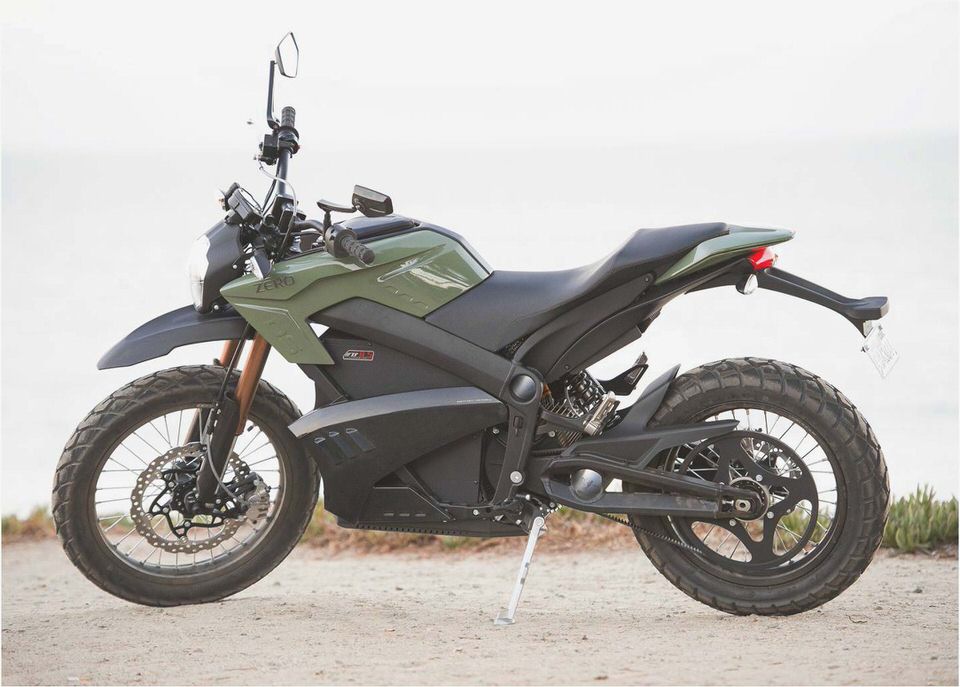
“The motor controller is programmed to deliver fairly soft acceleration from a stop, presumably so an unwary rider isn’t surprised,” Duke notes. “But it’s too restrictive for my taste. I want more snap off the bottom.” It’s a sentiment the rest of us share. One day, says Zero’s Scot Harden in our interview. we’ll be able to tune a Zero to our liking with an iPhone!
Shifting from Sport to Eco mode seems to clip about 15% of power, Duke estimates, adding he noticed more engine braking while in Eco. But in Eco there’s barely enough jump to stay ahead of quick urban traffic. Hence, our speed-hungry E-i-C preferred to leave it in Sport mode from a stoplight until he got up to speed, then switch it to Eco to preserve battery life once at cruising velocity.
Credit to Zero for equipping the DS with adjustable suspension. The 38mm inverted fork has circuits for both compression and rebound, while the rear shock has the same circuits and adjustable spring preload. After a few tweaks we were able to get the DS to handle nicely, though Kevin noted it “could use a little more front and rear rebound.”
This wasn’t a big detraction from carving twisties, as the long-travel suspension soaked up bumps and chassis confidence was respectable while leaned over. Similar riding impressions were had off-road as well. Bumps were a non-issue and the DS steered through trails with confidence.
The only setback comes from the dual-sport-oriented 100/80-17 and 110/90-16 front and rear tires that start to protest when ridden at a spirited pace both on road and off.
Also impressive is the 310mm wave-type front brake disc and twin-piston caliper. Fed fluid through a steel-braided line, the DS stops quickly with plenty of power and feel through the lever.
The Future Is Upon Us
Whether we like it or not, electric motorcycling is the future. It’s no secret the technology still has a way to go before it’ll rival its gasoline counterparts, but Zero is narrowing the gap fast.
“The Zero DS is vastly improved over the previous version, offering extra power to keep it ahead of other traffic, plus a much longer range that greatly extends its electric leash,” Duke says. ”It would be an ideal tool for hitching to the back of your RV as long as electricity was available for charging it, as its dual-sport design means it can be used for errand running or silently exploring trails.”
As much as we’re impressed with the DS, it still has a few faults, range, recharge time and top speed notwithstanding. We were also unimpressed with its limited side-to-side steering sweep, which caught all of our testers off-guard when trying to make tight maneuvers. Zero is aware of this and says it’s something that will be looked into for future models. An emergency brake or other device to keep the rear wheel from turning when turned off would be nice, too.
It’s not something we worried about until we parked on an incline and noticed the DS sliding backward.
The biggest limitation for the electric bike market is cost. With a base price of $11,495, the Zero DS is approximately four times that of an equivalent ICE dual-sport machine. As tested with the ZF9 power pack, our 2012 DS jumped to $13,995.
That price is offset slightly as the DS qualifies for rebates and incentives in certain states, so check the Zero website to see if you are eligible.
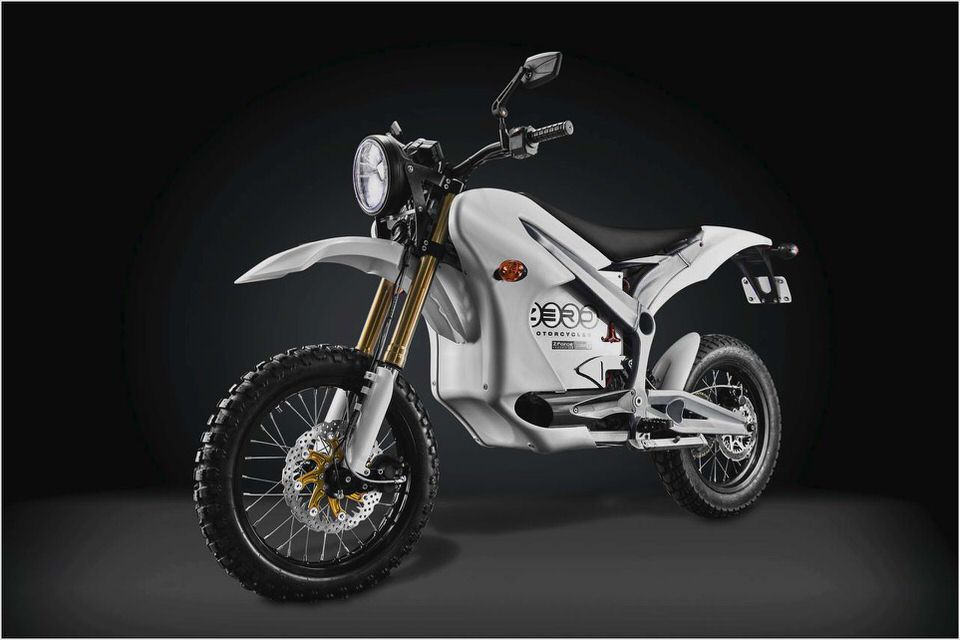

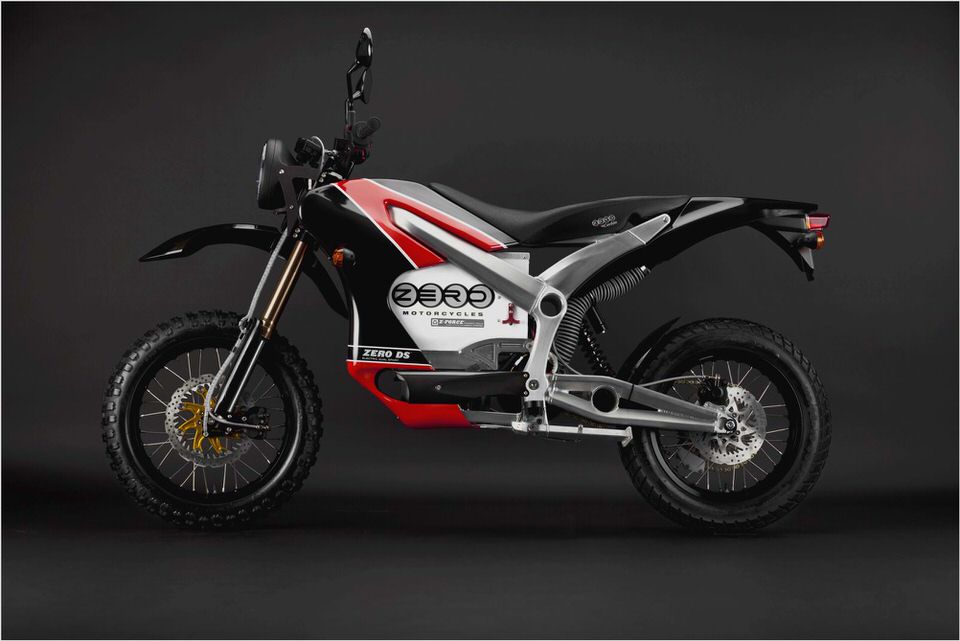
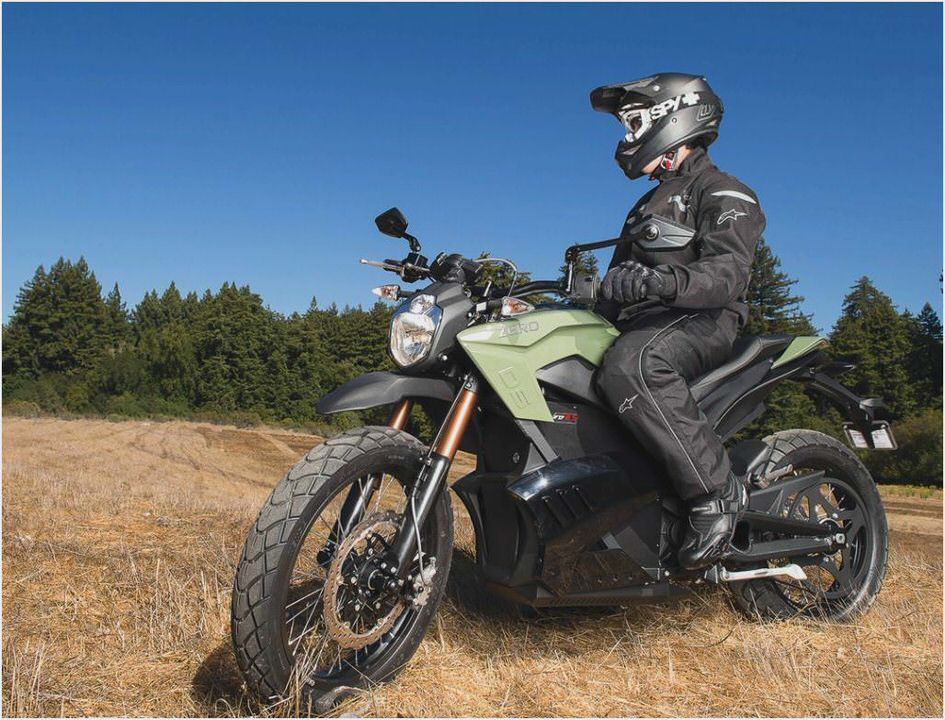
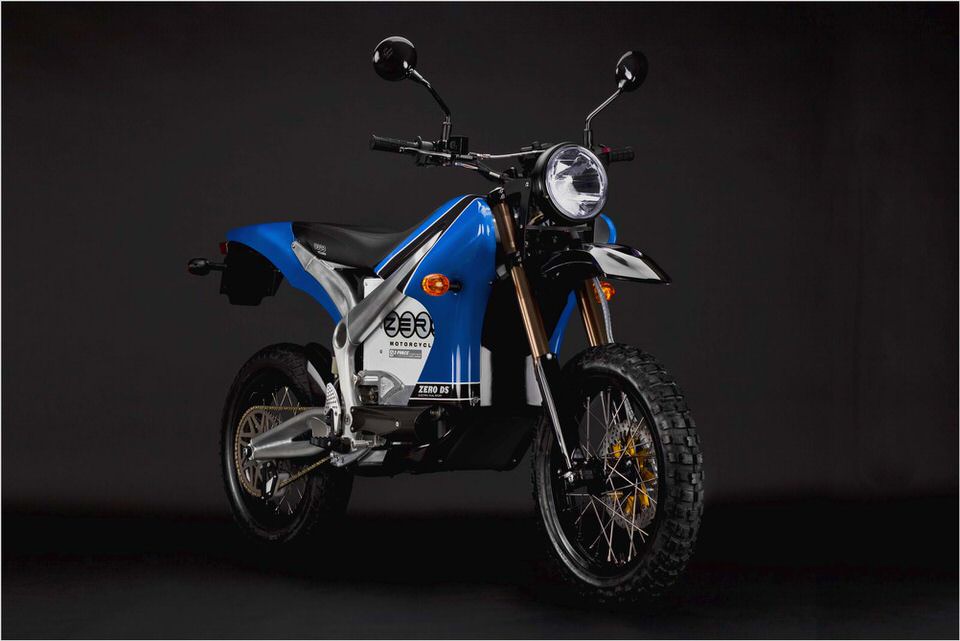
- 2013 Zero DS – Reviews, Prices and Specs at Motorcyclist Magazine
- 2013 Zero DS 5 / Zero DS 4 motorcycle review @ Top Speed
- 2013 Zero DS electric motorcycle review, photos and pricing – Autoweek
- Motorcycle Maniac: 2012 Zero DS Has Improved Appeal TwoWheelMania
- Review: Zero DS Electric Motorcycle – Gear Patrol

